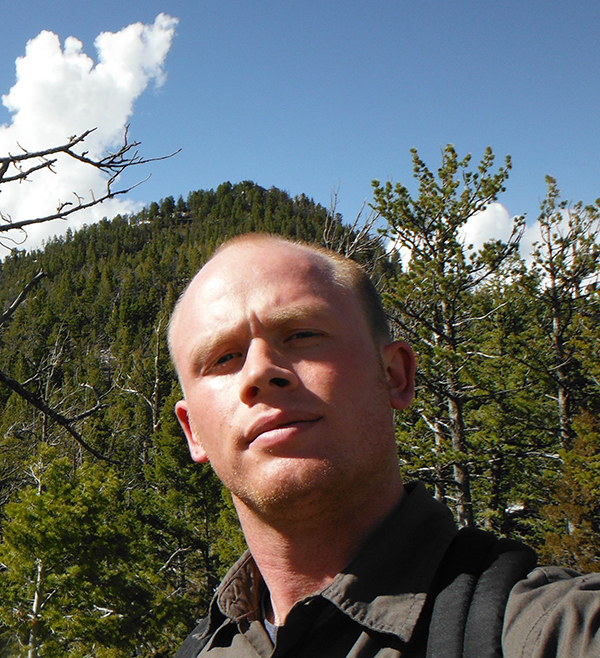 Moving Towards a More Complete late Holocene Chronology of Ancient Lake CahuillaErik Hakker May 9th, 2012 |
||
|
||
| ABSTRACT The Salton Trough is a tectonically active basin that formed by the northward propagation of the Gulf of California, and is associated with transtensional motion on the southern San Andreas Fault system (SSAFS). The rapid urbanization within the region, along with the ~300 years since the last large surface rupture on the southern San Andreas fault following a period of more than a thousand years when the average recurrence interval was less than 200 years, points to the need to develop long, well-constrained rupture histories for all of the major fault elements of the SSAFS. One past problem with the development of earthquake chronologies in this arid region is the inability to accurately date past ruptures, as charcoal is sparse and commonly has a component of inheritance. Ancient Lake Cahuilla is the name given to a recurring freshwater lake that has periodically inundated the Salton Basin during the Holocene. The Colorado River normally flows south and discharges into the Gulf of California. However, the Salton Trough lies largely below sea level and favors the northward diversion of the Colorado River during large floods, as the gradient into the basin is steeper than to the Gulf. At its peak of ~12 meters above mean sea level, the elevation of the sill formed by the Colorado River delta, Lake Cahuilla extends some 160 kilometers from north of Indio to just south of the International Border near Cerra Prieto, and ranges from 15-80 kilometers in width. During lowstands, native vegetation such as creosote bush and mesquite regrow in areas left exposed after desiccation. Inundation during periodic refilling of the lake causes the native vegetation to die, resulting in in situ stumps that may be left in place or buried by sediments during successive lake highstands. Based on many paleoseismic studies, there have been at least 5-6 highstands of Lake Cahuilla during the past 1200 years. Where the sediment from these past lakes crosses an active fault of the SSAFS, there is the potential to not only date the past earthquakes, but also to cast the regional earthquake history into the same common lacustrine stratigraphic framework and determine the sequence of events. Towards this end, we are developing a high-precision chronology for Lake Cahuilla by dating old stumps in growth position that are embedded within Lake Cahuilla sediments. Radiocarbon dating these stumps dates periods of wood growth that occur during the dry periods when there is no lake. By dating stumps at various elevations throughout the basin, it should be possible to develop a very high resolution chronology of the lakes, which In turn can be used to date the sequence of earthquakes on the SSAFS. An ultimate goal is to use the chronology of the large earthquakes on the San Andreas, San Jacinto, Elsinore, Imperial and Cerro Prieto faults to forward model the evolution of stress, and hopefully better understand long term strain release along a major plate boundary system. |

